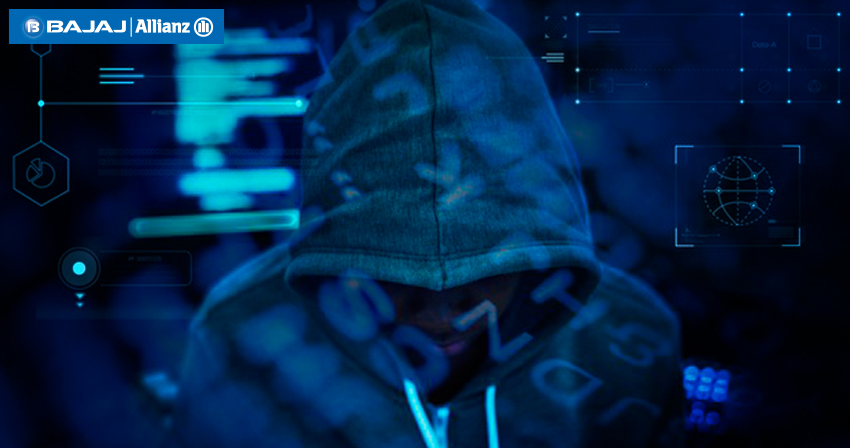Cyber-crime and cyber threats have emerged as a big area of concern in today’s digital economy. ‘Contactless everything’, during Corona times has further accentuated both the intensity and frequency of cyber-attacks / cyber-crime incidents for both enterprises and individuals. Estimates show an almost 37% increase in number of cyber attacks in India in calendar year 2020. Specifically, in the year 2020, ransomware related attacks on Indian enterprises have grown manifold and India is now the second most targeted country after the US in the world.
The key is to keep in mind that cyber-threat is a constantly changing goalpost as threat vectors or threats keep on becoming smarter and hence it becomes all the more important to be vigilant and aware continuously. For instance, during the Covid 19 pandemic, threat actors devised new strategies to target victims using scams or campaigns using legitimate corporate branding and phishing attacks in the name of trusted organizations to lure unsuspecting victims.
Cyber threats need to be looked at from a perspective of ‘who-they-impact’. This is important because based on the impacted entity – whether it is a person or enterprise, the nature, type, impact and prevention techniques from the cyber threat differs. It has also been seen that apart from rogue individuals (common referred to as hackers), state sponsored or supported organized cyber-attacks have increased substantially. Let’s understand the most common cyber threats for each of these entities.
From an
individual perspective, there has been a huge increase in cyber threats like –
- Malware – it’s a broad term that is sued to describe a file or program that is intended to harm or disrupt a computer. Examples are – botnet software, ransomware, spyware, trojan, viruses etc.
- Ransomware - encrypts victim information (think Customer data of an enterprise) and demands payment in return for decryption
- Phishing – used to trick people into divulging sensitive or confidential information, often via email or SMS. These are often difficult to distinguish from genuine ones
- Social engineering etc
From an
enterprise perspective, common threats include the ones listed below (but are not limited to) -
- DDoS (distributed denial of service) attacks – these attempt to disrupt normal web traffic and take targeted websites offline by flooding servers, systems, networks with more requests than they can handle, causing them to crash
- DNS (Domain name system) poisoning – compromise DNS (this is something like a directory for websites) to redirect traffic to malicious sites, while, the affected sites may or may not be compromised themselves
- SQL injection – attacker inserts malicious code into a server to get access to sensitive data and/or modify that data
- Ransomware
If the above list of cyber threats and their description leave your head spinning, let’s demystify this a little to understand them and what we can do to protect ourselves from this menace. At the heart of all the threats is to understand the roles played out in a cyber incident. There is an attacker, there is a victim and then there are a lot of supporting entities – like tools that protect, do’s and don’ts that need to be followed, authorities and experts who guide us when this happens. In all this, the primary role is that of “you”. As long as we are self-aware, continuously update ourselves as far as possible on simple do’s (changing passwords regularly) and don’ts (not click on emails, SMS and links we don’t understand and not go to unwanted websites) and not fall into obvious traps of winning free money or sharing bank accounts, OTP’s or passwords, one should largely be safe and not fall victim to these threats. From an enterprise point of view, apart from all the plethora of tools and processes, continuously educating employees on the risks along with vulnerability testing and threat assessment of the cyber-attack surface should be the approach taken.
Last, but not the least, as I am an Insurer, my personal advise would be for both individuals and corporates to protect themselves by buying a
cyber security insurance product, which is available for a few hundred rupees for individuals and takes care of protecting both the financial and non-financial aspects.
Stay aware, stay vigilant and stay protected.
 Service Chat:
Service Chat: 

